In Willemstad, the capital city on the island of Curaçao, the waterfront is dotted with buildings the color of tropical fruit: mango orange, banana yellow, kiwi green. Paired with the bright blue water in nearby bays, it’s almost a full kaleidoscope of color. Originally, the structures were limestone white, but an 1817 law forbade white facades on buildings to protect islanders’ eyesight from the bright reflections of the Caribbean sun – but locals joke that it was a money-making bid on behalf of the island’s only paint supplier.
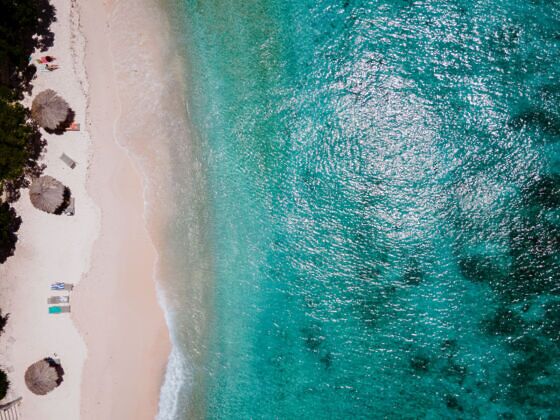
A First-Timer's Guide to the Island of Curaçao
The story sums up the small island of Curaçao well: colorful, cheeky, and rarely what it seems on the surface. Originally a Dutch trading outpost, Curaçao retains close cultural and structural ties with the Netherlands, despite establishing its own representative parliament in 2010. Dutch, English, and Papiamento (a melodic blend of Spanish and Portuguese) are the three official languages.

Photo: Curacao Tourism Board
Along with this move towards independence, the country is also amid an economic shift, switching away from oil production toward tourism. The island of Curaçao is affordable, unique, and authentic, and is quickly moving from a destination most people can’t point to on a map to a popular easy getaway, especially for snorkelers and scuba divers.
- How to get to Curaçao
- The best things to do on the island
- Where to eat and drink on the island of Curaçao
- How to get around Curaçao
- Where to stay
How to get to Curaçao
The easiest way to get to Curaçao from the United States is by catching a flight through Miami. American Airlines runs flights from Miami twice daily, plus weekly flights from Charlotte, NC. You can also find direct flights on JetBlue from JFK Airport in New York City, and flights on AirCanada from Toronto and Montreal a few times a week. And United flies there from Newark, NJ, three times a week.
The island of Curaçao has only one airport: Curaçao International Airport (also known as Hato International Airport). From there, you can rent a car or hail a taxi for the 20-minute drive to Willemstad. Many hotels will also offer pick-up services.
What to do on Curaçao for first-time visitors
Ocean activities may be the island’s main draw, but it offers much more than that. Unlike its neighbor island of Bonaire (known for world-class tropical scuba diving, but not a ton else), Curaçao is popping with things to do. It’s a lot livelier than you may expect.
Explore Willemstad
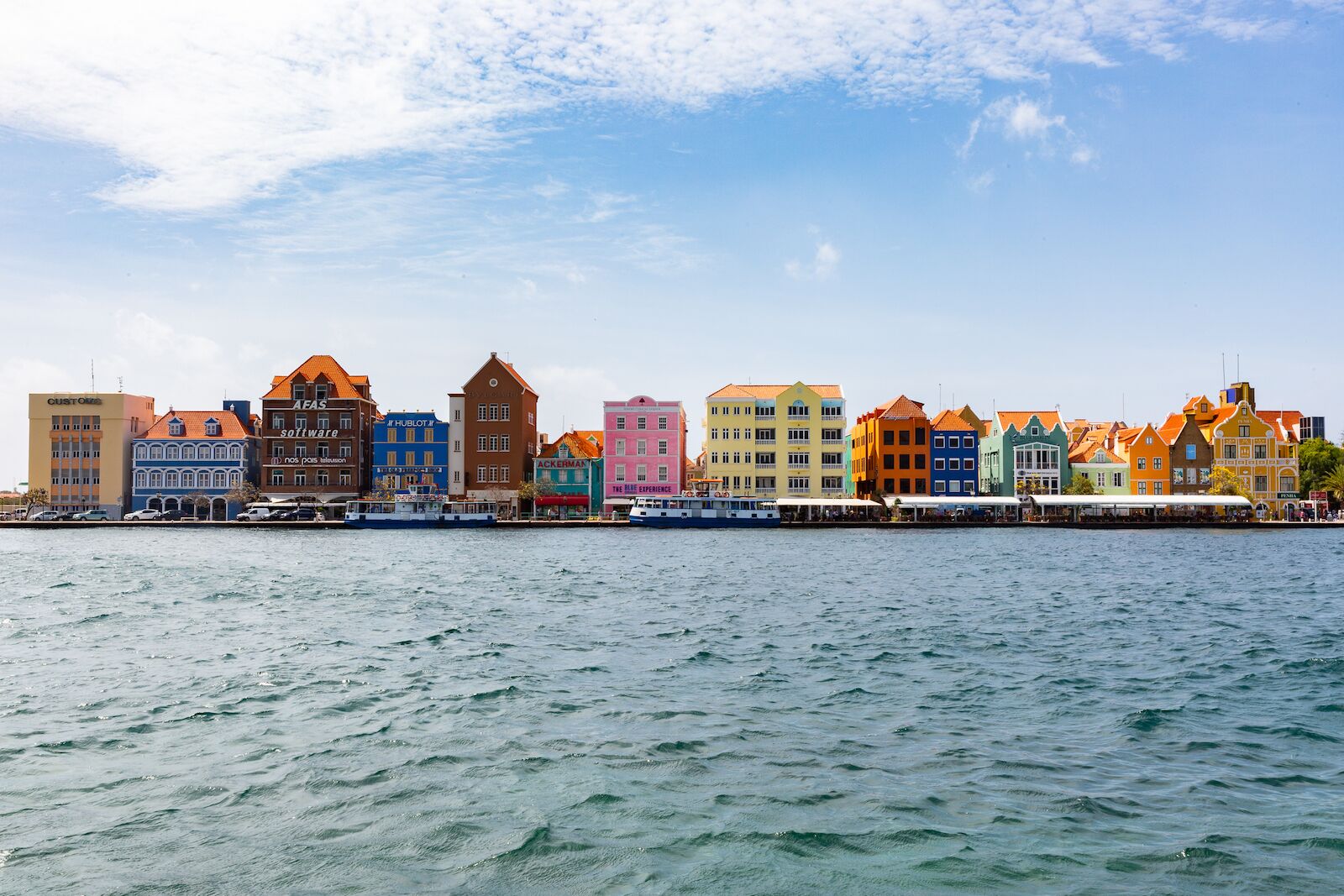
Photo: Curacao Tourism Board
The first thing to do in Curaçao is acquaint yourself with the capital city. Willemstad was established as a Dutch trading port in 1634 and has grown to be the largest city on the island, with a population just short of 150,000. Sint Anna Bay slices the city in half, with occupants of Punda and Otrabanda commuting via the Queen Emma Bridge, a floating pontoon bridge that swings open throughout the day to accommodate large ships ( a boat taxi will also take you from bank to bank).
In 1997, a large portion of the city itself was designated a UNESCO World Heritage Site for the high density of well-preserved 18th- and 19th-century architecture. The neighborhoods of Punda and Pietermaai are especially known for blocks of colorful shops, restaurants, and historical sites to explore.
Visit museums
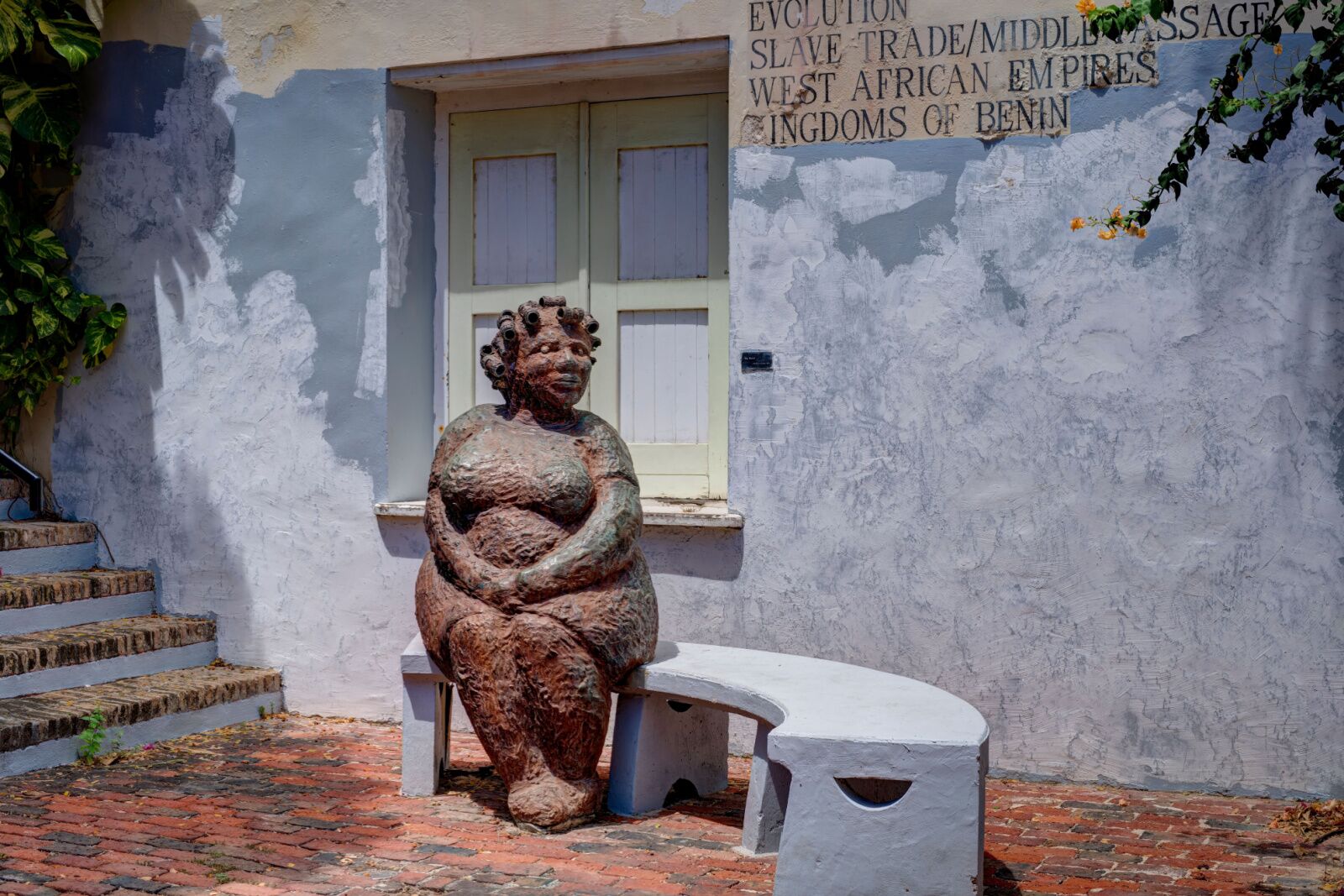
Photo: Serge Yatunin/Shutterstock
While you’re strolling around Willemstad, consider swinging into any of these fascinating museums or cultural sites:
- Kura Hulanda is an anthropological museum focusing on the island’s pre-Dutch peoples. There’s also a small gift shop. Tickets are $10, and it’s open daily.
- The Curaçao Maritime Museum: Curaçao’s history is inextricably tied to the oceans, and you can learn about 500 years of maritime history at this museum. Admission is $10, and it’s open Tuesday, Wednesday, Thursday, and Saturday until 3:30 PM. Harbor tours are offered every Tuesday and can be reserved in advance online.
- The Jewish Cultural Historical Museum and attached Mikve Israel-Emmanual Synagogue: This is the oldest continually used synagogue in the Americas, and the surprisingly large museum has more than 1,000 artifacts from as far back as the early 1600s. The museum is open Monday through Friday, and tickets are $10.
Beach hop

Photo: Curacao Tourism Board
It’s been said before, but it’s worth saying again and again: the waters off of the island of Curaçao are an otherworldly shade of blue. And there are plenty of ways to fully embrace those Caribbean blues. With more than 35 official beaches, it would be easy to spend the day hopping from one to the next, and one of the best ways to do that is with a jet ski tour. Of course, there are plenty of other sandy spots to relax that aren’t “official” beaches, ranging from coastal areas near the city to remote expanses way out on the tips of the island.
Snorkel or dive
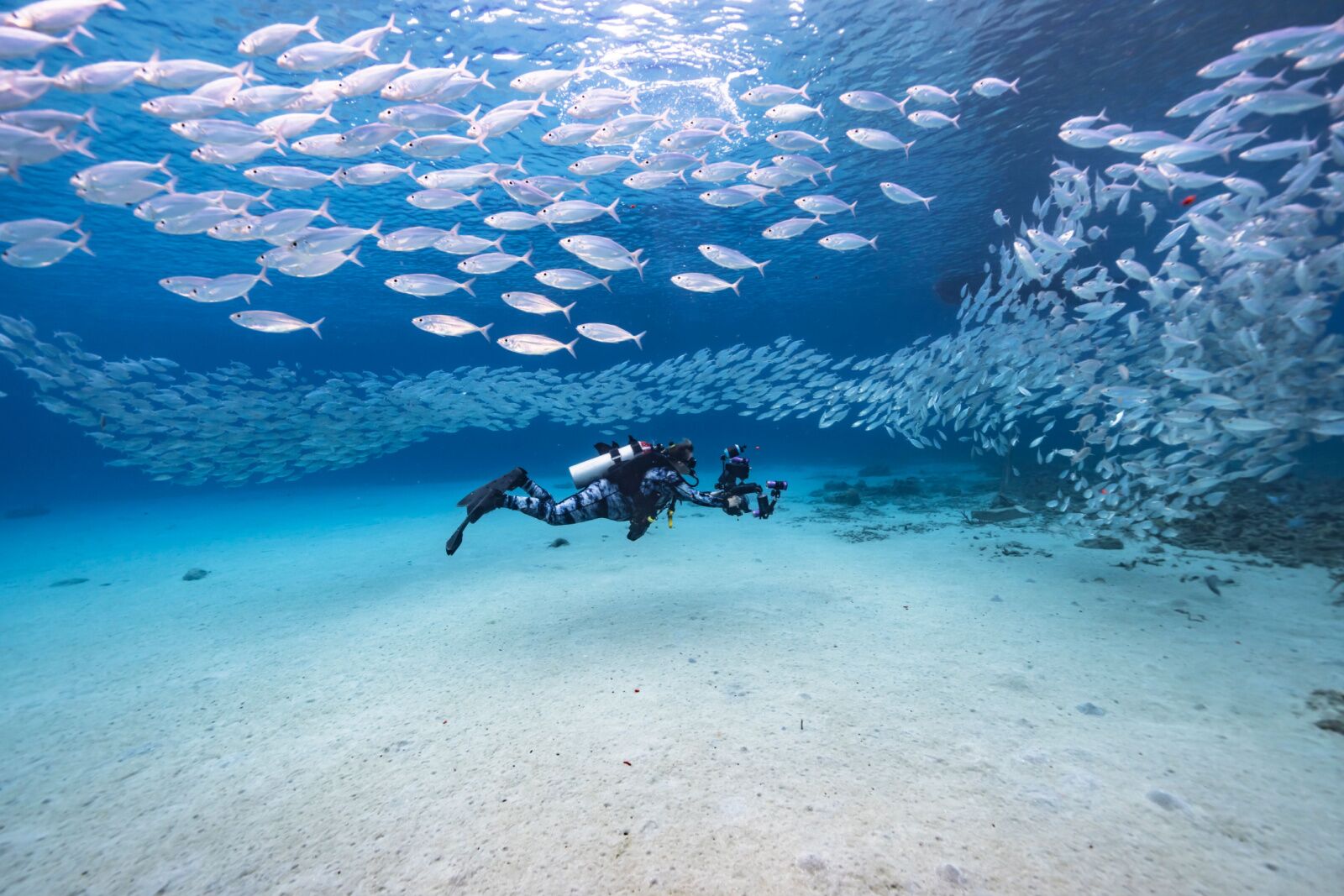
Photo: NaturePicsFilms/Shutterstock
If you get bored quickly by just sitting on the beach, you’re in luck, as the snorkeling, scuba diving, and fishing opportunities are endless. At Playa Piskado, you might just have the chance to swim with a sea turtle, particularly if a local fisherman is tossing scraps overboard. Strong swimmers can snorkel at the Blue Room, just south of Playa Lagun. It’s an ocean cavern with clear water and lots of marine life.
Of course, if your first trip to Curaçao is a dive trip, you probably already know that the island has dozens of sites accessible from shore. The island has many scuba dive resorts that usually include unlimited tanks and a rental car to help you move from site to site, or if you go with a dive shop, they’ll likely take care of everything you need.
Explore the landscapes

Photo: Gail Johnson/Shutterstock
Curaçao retains a relatively undeveloped landscape despite becoming an increasingly popular tourist destination. Most of the population lives in and around Willemstad, and the countryside is hilly, scrubby, and rocky.
On the island’s north side is where you’ll find Christoffelpark, home to the highest point on the island. You can hike it in about two hours (1.7 miles, 900 foot gain), but you have to start before 10 AM (and buy a pass at the park office). The park also has a variety of nature drives, other hiking trails, and the Savonet Museum, a 19th-century plantation house turned into a museum about the island’s Indigenous population and history of slavery.
You can also go underground on the island of Curaçao, exploring the many cave systems. Because accessing some caves requires driving on rough roads, it’s best to do a Jeep tour, available in Christoffelpark and through private companies such as Curaçao Activities. Hato Caves is the most popular on the island.
For a stronger dose of adrenaline, ATV tours from companies like Eric’s ATV Adventures offer the chance to explore some of the more rugged parts of the island. Just be prepared for strong sun and persistent dust when you’re away from the coast. If that’s not your thing, Eric’s also offers a downtown “party bike” tour for visitors more interested in liquid adventure.
Where to eat and drink on the island of Curaçao

Photo: Darryl Brooks/Shutterstock
Curaçao is the largest of the ABC islands (Aruba, Bonaire, and Curaçao), so it has plenty of local and international dining options.
- Number 10: Number 10 is the perfect place to stop for brunch on the way to catch your flight, with the distinct danger that you may enjoy the shady courtyard so much that you forget to board your flight. The coffee is reliably good, as are the myriad fresh fruit juices. You can’t go wrong with a simple waffle, but be warned – the giant rainbow sprinkle cakes displayed near the front door are hard to resist.
- Van Gogh Coffee: Locating a good cup of coffee is a necessity while traveling, and Van Gogh offers the caffeine you need, along with pastries, waffles à la mode, and full breakfast and lunch menus packed with light and fresh options. Enjoy yours on the outdoor patio or use the drive-through kiosk if you’re in a hurry (but, seriously, why would you be in a hurry here?)
- Bahia Beach Bar & Restaurant: Bahia is above the gorgeous Bay of Lagun and has direct beach access. Order the catch of the day, or sample traditional Curaçao pumpkin pancakes. Expect some friendly iguanas to be walking around. As much as they’re used to probably eating human food, they’re still wild animals, and it’s best not to feed them.
- Mi Familia: If you’ve spent all day in the heat, Italian food may not sound the most appetizing, but you’ll want to make an exception for Mi Familia. It serves authentic and freshly made pasta and pizza, paired with a solid wine menu. And don’t forget about dessert; both the deconstructed tiramisu and lemon sorbet are excellent choices.
- Fish & Joy Bistro and Wine Bar: It’s hard to put a label on Fish & Joy. The new-concept restaurant offers Japanese, Italian, European, and Caribbean-inspired tapas. The seafood dishes are exceptionally well done, and the ceviche wahoo with a dash of passionfruit is excellent. Dessert options are decadent, creative, and entirely worth saving a little room for, especially if you order the extraordinary the white chocolate mousse with passionfruit.
- Netto Bar: For a low-key, local experience, visit the oldest bar in Curaçao. It’s served shots of its famous Rom Berde (green rum) since 1954. The flavor is, let’s say, hard to explain, but the atmosphere is unbeatable.
How to get around the island of Curaçao
There are a few ways to get around Curacao. If you’re staying in the Punda or Otrobanda neighborhoods of Willemstad, walking is your best bet for seeing the city, though an electric scooter tour is a fun way to get your bearings. You’ll need a US driver’s license to rent and drive a car on the island. A car will give you the most flexibility, but make sure your hotel or Airbnb has parking, and know that some roads are bumpy and narrow (and may be occupied by a family of goats). Ride-sharing apps like Lyft and Uber are not prevalent on the island, but taxis and private drivers are readily available.
Where to stay
Curaçao doesn’t have as many hotel options as, say, the Bahamas, but there are enough options to ensure you’ll find something you like.
Bed & Bike
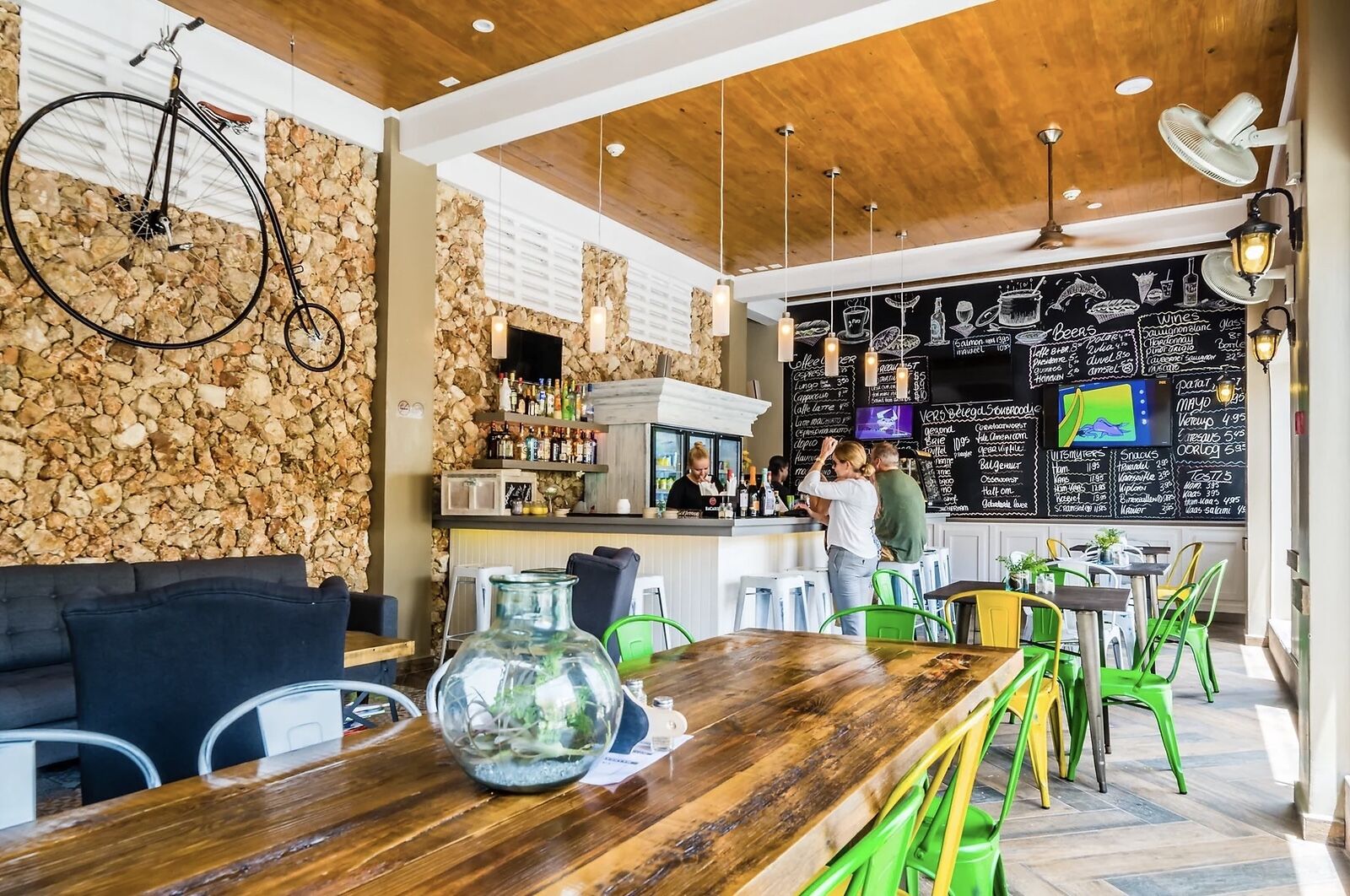
Photo: Bed and Bike Curacao/Shutterstoc k
Curaçao’s version of a hostel feels anything but budget. Bed & Bike has two locations. The historic Pietermaai district location is convenient for exploring Willemstad, and the Jan Thiel location has easy access to nearby beaches (and its own pool). Both offer car and bike rentals and on-site restaurants.
Pietermaai Boutique Hotel
This elegant hotel is in the historic section of Pietermaai, an area with a high density of restaurants and bars. Each room is unique and offers amenities like a mini-fridge, kitchenette, and air conditioner. The standout features are the two pools surrounded by tropical greenery, though the customer service is also top-notch. Note that there are lots of steps throughout the property and steep staircases in some of the rooms, so consider asking about a specific room (or perhaps choosing another property) if you have mobility concerns.
Baoase Luxury Resort

Photo: Baoase Luxury Resort Curaçao
Baoase Luxury Resort is a high-end hotel in Curaçao, similar to what you may expect from St. Lucia or St. Barts. You can book the room only, an all-inclusive package including meals, or a package with just breakfast. The hotel has multiple types of rooms, including suites and rooms with private pools. But the standout feature is the protected beach cove, with lounge chairs and covered palapas on three sides. You can count on flat, calm water perfect for swimming 24/7.